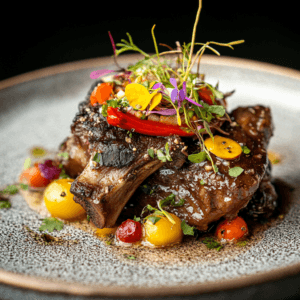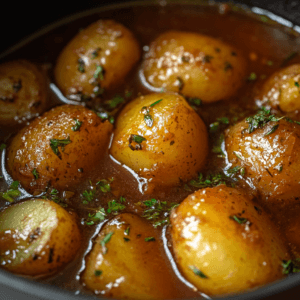Beef cheek meat, often overlooked in the realm of cuts, is gaining recognition for its incredible tenderness and rich flavor when prepared correctly. If you’re looking to experiment with a different and highly flavorful beef cut, beef cheek meat may be just what you need. Known for its rich collagen content, beef cheek becomes irresistibly tender when slow-cooked, offering a melt-in-your-mouth experience. This guide will provide you with everything you need to know about beef cheek meat, its versatility, and why it’s becoming a favorite in gourmet kitchens around the world.
What Is Beef Cheek Meat?
Beef cheek meat is the cut of beef taken from the cheeks of the cow. These muscles, due to their regular use, are dense and packed with collagen, making them tougher than more commonly used cuts like ribeye. However, this is not a disadvantage. In fact, the toughness of beef cheek meat gives it character and is precisely why it becomes so tender when cooked slowly. When prepared properly, the collagen breaks down into gelatin, making the meat soft, juicy, and flavorful.
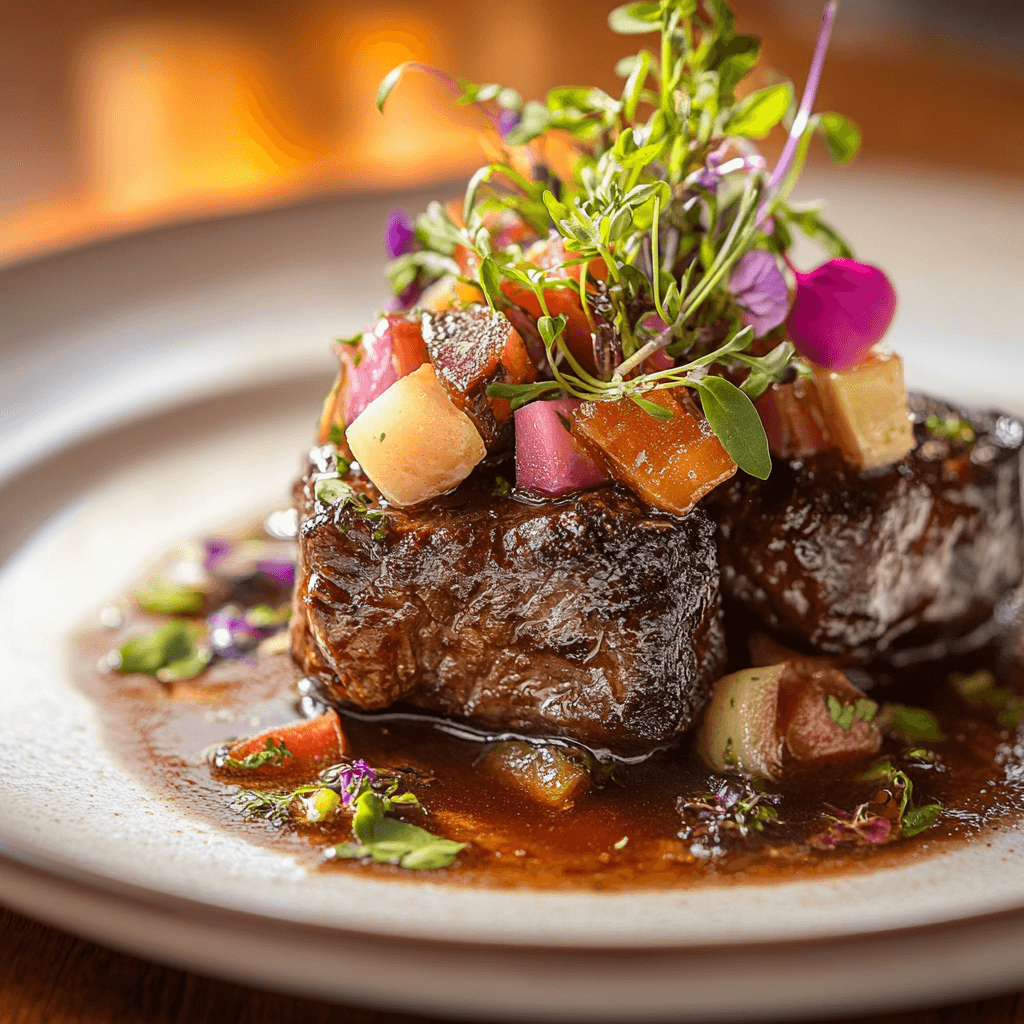
Table of Contents
Beef cheek meat is typically cooked through slow-braising, stewing, or even roasting, which allows the collagen to soften and the meat to become tender. The slow cooking methods also help retain the deep, beefy flavor that is characteristic of beef cheek meat.
Because of its tough nature, beef cheek is often used in recipes that involve slow cooking. The process of braising beef cheek in flavorful liquids like red wine, beef stock, or even beer enhances the natural richness of the meat, producing a melt-in-your-mouth texture. Whether you’re using it for hearty stews or gourmet dishes like braised beef cheek ragu, it’s an excellent choice for long-simmered meals.
What Is Beef Cheek Meat Good For?
Beef cheek meat is incredibly versatile and can be used in a wide range of recipes. It is particularly well-suited for dishes that require slow cooking, where its collagen-rich texture transforms into a smooth, tender consistency. When cooked right, beef cheeks absorb the flavors from the cooking liquid, which makes them a great option for stews, ragu, tacos, and more.
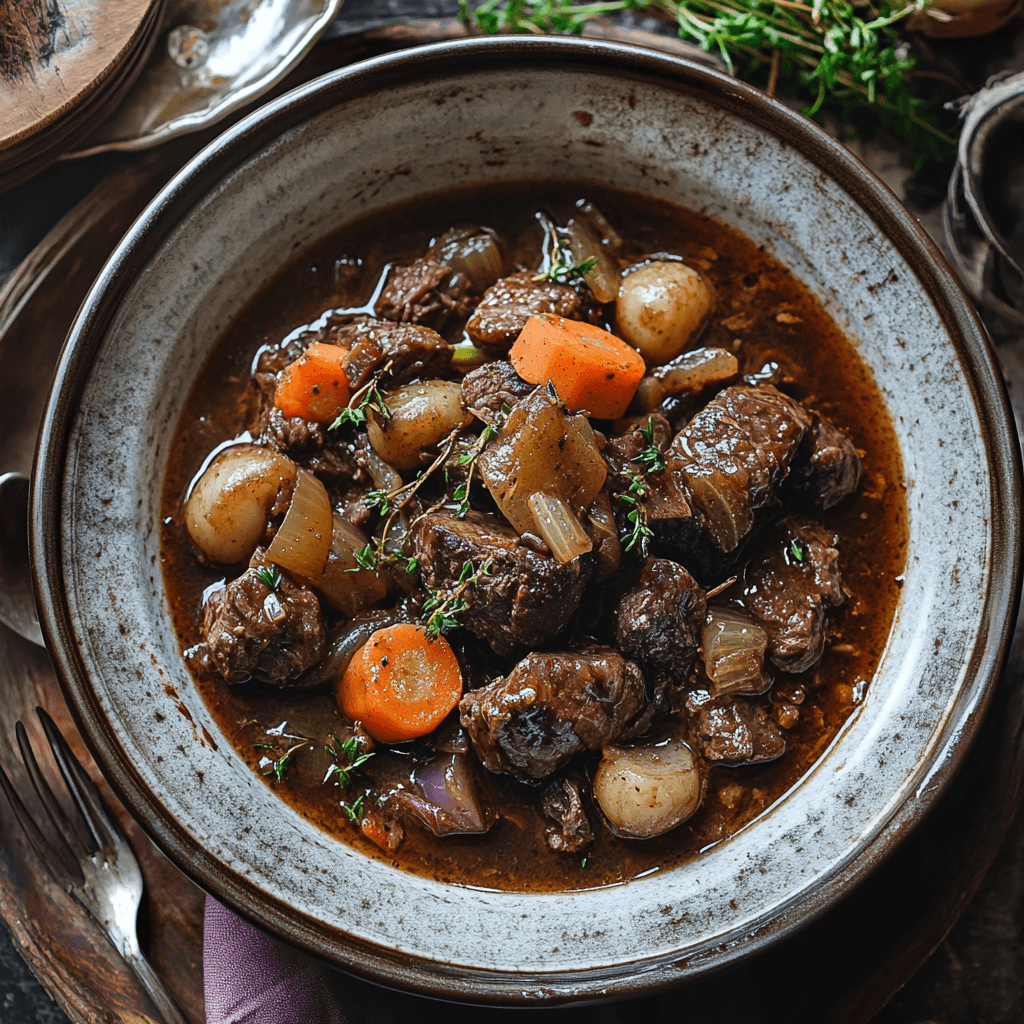
One of the most popular ways to cook beef cheek is by braising it in a flavorful liquid, such as wine or broth. The long cooking time ensures the meat becomes meltingly tender, making it perfect for hearty dishes like beef cheek stew or braised beef cheeks in red wine. When cooked in a pressure cooker or slow cooker, the meat retains a savory, deep flavor that complements various seasonings.
Moreover, beef cheek meat is commonly used in gourmet tacos. After slow cooking, it can be shredded and used as the filling for soft corn tortillas, topped with onions, cilantro, and salsa for a flavorful bite. In French cuisine, beef cheeks are often braised in wine and served as a luxurious dish, paired with mashed potatoes or polenta.
Another fantastic way to prepare beef cheek is by transforming it into a beef cheek ragu. This dish requires braising the beef cheeks until they become fork-tender, then shredding the meat and simmering it with tomatoes, garlic, and herbs to create a rich, flavorful sauce. This ragu can be served over pasta or polenta for a satisfying meal.
What Is Beef Cheek Called in the US?
In the United States, beef cheek meat is typically referred to as “beef cheeks.” It may be a bit harder to find in some supermarkets, but many specialty butchers and farmer’s markets offer it. In some regions, the meat is also called “ox cheeks,” which may cause a bit of confusion, as “ox” refers to a castrated male cow, although both terms are used to describe the same cut of beef.
While the term “beef cheek” is most commonly used, beef cheek meat is known by different names in other parts of the world. For example, in Spain, it’s called “carrillera,” while in France, it’s referred to as “joue de boeuf.” Despite these regional variations, the cut is gaining in popularity across the globe due to its unique texture and rich flavor, making it a great addition to various dishes.
It’s important to note that beef cheeks are often sold with the skin on. If you prefer, you can remove the skin during preparation, although it’s perfectly fine to cook the meat with the skin if that’s your preference.
Is Beef Cheek Tender or Tough?
When raw, beef cheek meat is tough due to the high collagen content. The cheeks are muscles that are used frequently by the cow, which means the meat is dense and requires slow cooking to break down its fibers and become tender. However, this toughness is precisely what gives beef cheek its unique texture. Once the collagen in the meat breaks down through slow cooking, it transforms into gelatin, making the meat incredibly tender and juicy.
The Transformation of Beef Cheek from Tough to Tender
The key to turning beef cheek from a tough cut into a tender, flavorful dish lies in slow cooking. Techniques like braising and stewing are ideal for this cut, as they break down the collagen and allow the meat to absorb the rich flavors of the cooking liquid. If you rush the cooking process, the meat will remain tough, but if you allow it to cook slowly and gently, the transformation is remarkable.
To cook beef cheeks, first sear them in a hot pan to create a flavorful crust. Afterward, simmer them with your choice of liquid, such as stock, wine, or beer, along with aromatics like onions, garlic, and herbs. The slow, simmering process will break down the collagen and turn the beef cheeks into a melt-in-your-mouth treat. Braising beef cheeks in a slow cooker or pressure cooker also works wonders, as both methods allow the meat to cook for hours, becoming incredibly tender.
Why Is Beef Cheek So Expensive?
Beef cheek meat is often more expensive than other cuts of beef, and this can be attributed to several factors. One reason is that beef cheeks are less commonly used than other cuts like ribeye or brisket, making them less widely available. As a result, they are often sold at a premium price. Additionally, the time and effort required to cook beef cheeks to perfection contribute to their higher cost.
Another reason for the higher price is that beef cheeks are not as readily available as other cuts. Because they are a relatively niche product, they are often sourced from specialty butchers or small farms. These suppliers may charge a premium for the cut due to its specialized nature and limited supply.

The increased demand for beef cheek meat, especially in gourmet and fine dining settings, has further driven up the cost. As chefs continue to embrace this cut for its unique texture and flavor, the price has increased, making it a more expensive choice compared to traditional cuts. However, many food enthusiasts and home cooks are willing to pay a premium for this delicacy, as it delivers exceptional flavor and tenderness when prepared properly.
How to Cook Beef Cheek Meat to Perfection?
Cooking beef cheek meat to perfection requires patience and the right technique. While this cut of meat can be tough when raw, it transforms into something truly exceptional when slow-cooked. The collagen in the cheeks breaks down over time, producing a tender, flavorful result that is difficult to match with other cuts.
Slow-Cooking Recipes for Beef Cheeks
The most popular way to cook beef cheeks is by braising them. Braising involves cooking the meat in a small amount of liquid at a low temperature for a long period. This process allows the collagen in the beef cheeks to break down, resulting in tender, flavorful meat. Whether you’re using beef stock, wine, or beer as your braising liquid, the key is to cook the beef cheeks slowly and gently to achieve the best results.
When braising beef cheeks, be sure to sear them first in a hot pan to create a caramelized crust. After searing, remove the beef cheeks from the pan and set them aside. In the same pan, sauté onions, garlic, carrots, and other aromatics before adding your braising liquid. Return the beef cheeks to the pan and cover with a lid. Simmer the dish on low heat, either on the stovetop or in the oven, for several hours until the meat becomes tender and flavorful.
How to Cook Beef Cheek Meat to Perfection (continued)
After discussing the fundamentals of beef cheek meat, it’s time to dive into the specifics of how to cook it to perfection. As we mentioned before, beef cheek meat requires patience and the right techniques, but once you master the slow cooking process, you’ll be rewarded with an incredibly flavorful and tender cut of beef.
Step-by-Step Process for Cooking Beef Cheek Meat
Beef cheeks are best cooked using slow and steady methods such as braising, stewing, or slow-roasting. These techniques allow the natural collagen in the meat to break down, resulting in an irresistibly tender texture.
Searing the Beef Cheeks
Before you begin cooking, the first essential step is searing the beef cheeks. This creates a rich, flavorful crust and locks in the meat’s natural juices. Heat a tablespoon of oil in a heavy-bottomed pan over medium-high heat. Once the oil is shimmering, carefully place the beef cheeks in the pan. Sear them on all sides until golden brown, which should take about 3-4 minutes per side. This initial browning step ensures that the beef cheeks will be packed with flavor when they are fully cooked.
Braising or Stewing
After searing the beef cheeks, transfer them to a pot or slow-cooker. Add your choice of braising liquid (beef stock, red wine, or a combination of both), along with aromatics like onions, garlic, thyme, and bay leaves. Bring the liquid to a simmer, then reduce the heat and cover the pot. If you’re using a Dutch oven, cook the beef cheeks at 325°F (163°C) for 3-4 hours. If you’re using a slow cooker, set it on low for 6-8 hours, or a pressure cooker for approximately 1 hour on high.
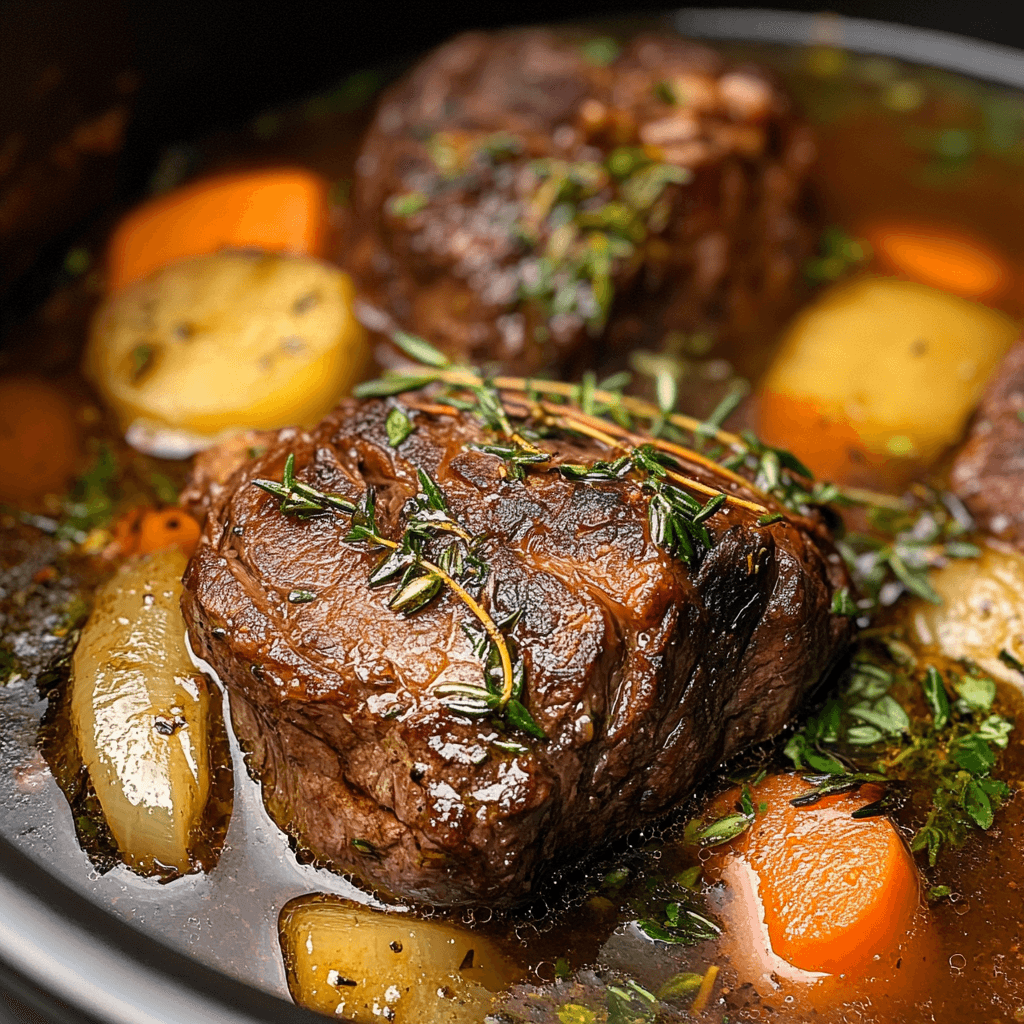
During this slow cooking process, the collagen in the beef cheeks breaks down, turning the meat soft and tender. As the beef simmers, the flavors meld together, and the liquid reduces, intensifying the overall taste of the dish. After cooking, you’ll be left with beautifully tender meat that has absorbed all the delicious flavors from the braising liquid.
Shredding the Beef Cheeks
Once the beef cheeks are tender, remove them from the pot and allow them to cool slightly. Then, use two forks to shred the meat. This shredded beef is incredibly versatile and can be used in many dishes such as tacos, sandwiches, stews, or even served over mashed potatoes.
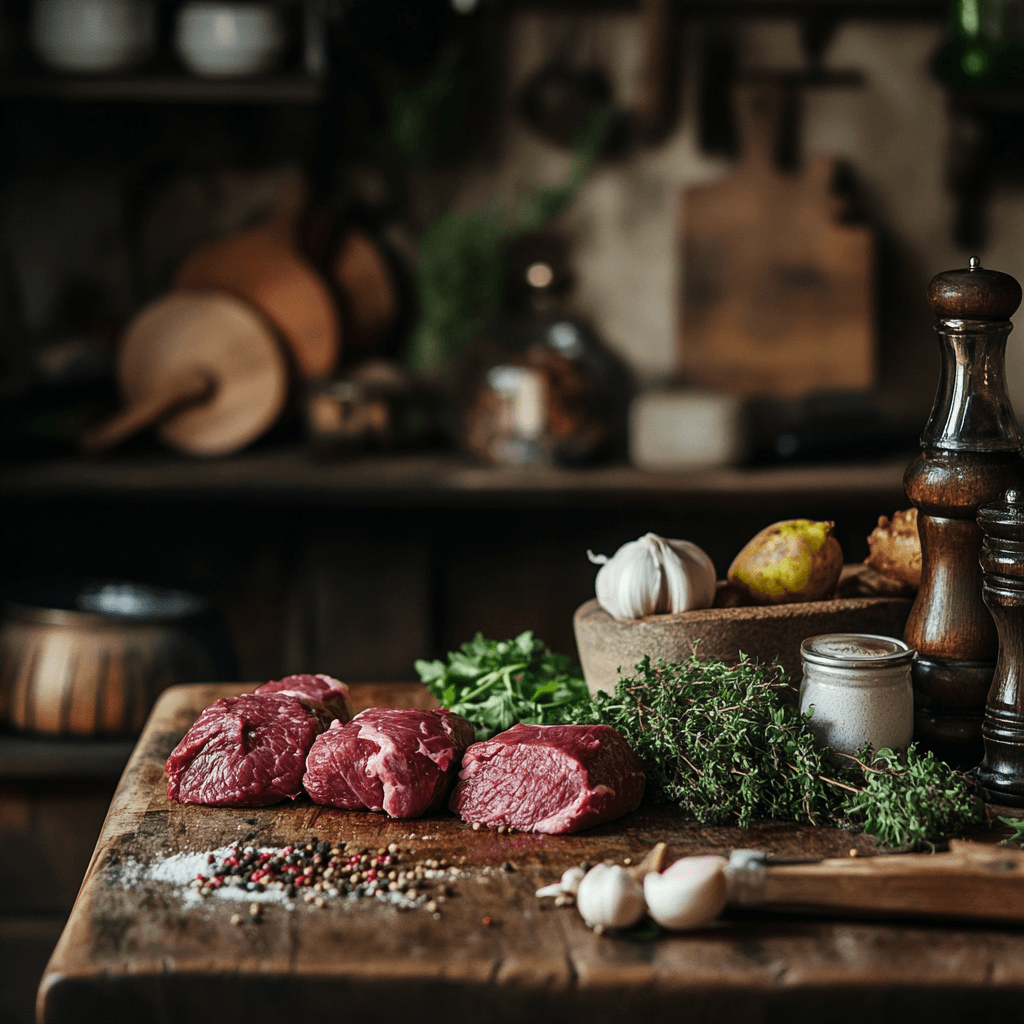
Once shredded, you can return the beef to the pot with the cooking liquid and let it absorb the remaining sauce. This step ensures that the meat is flavorful and moist. Finally, serve the shredded beef cheek in your preferred dish, whether it’s in tacos, as part of a braised dish, or even as a topping for rice or polenta.
Pro Tips & Variations
To make your beef cheek dish even more delicious, here are some pro tips and variations that will help you take this cut of meat to new heights.
Beef Cheek Tacos
One of the most popular and delicious ways to use beef cheek meat is in tacos. After shredding the cooked beef cheeks, toss them with chipotle peppers, a dash of lime juice, and fresh cilantro. The smoky heat of the chipotle peppers complements the rich flavor of the beef cheeks perfectly. Serve the mixture in soft corn tortillas and top with fresh salsa, onions, and a squeeze of lime. This simple dish packs a punch of flavor and is sure to be a hit.
Braised Beef Cheeks in Red Wine
For a more refined dish, consider braising your beef cheeks in red wine, beef stock, and fresh herbs such as rosemary and thyme. Red wine adds complexity to the flavor of the beef, while the herbs infuse the dish with a delightful aroma. Serve this braised beef cheek dish with mashed potatoes or creamy polenta to soak up the rich sauce.

Another fun twist is to use the braised beef cheek to make beef cheek sliders. After braising the beef, shred it and place it on small, toasted slider buns with a bit of cheese and pickled vegetables. This is a perfect appetizer for parties or a unique sandwich option for lunch.
Spicy Beef Cheek Stew
For a hearty and warming meal, try making a spicy beef cheek stew. Cook the beef cheeks with tomatoes, chili powder, cumin, and other spices for a rich and flavorful stew. This variation works well when served with a side of crusty bread or over a bed of rice. The slow-cooked beef cheeks will melt in your mouth, and the spices will add a warming kick to the dish.
FAQs
What is beef cheek meat good for?
Beef cheek meat is perfect for dishes that require slow cooking, such as stews, ragu, and braised meals. The meat becomes incredibly tender when cooked slowly, allowing it to absorb all the flavors from the cooking liquid. It’s also great in tacos, sandwiches, and gourmet dishes where the beef can be shredded and used as a flavorful filling.
What is beef cheek called in the US?
In the US, beef cheek is generally referred to as “beef cheeks” or “ox cheeks.” Although it is not a commonly used cut in everyday cooking, it is increasingly available at specialty butcher shops and farmers’ markets. The term “ox cheek” is used in some regions, but it generally refers to the same cut of meat as beef cheeks.
Is beef cheek tender or tough?
Beef cheek meat is tough when raw, due to its collagen content. However, when slow-cooked, it becomes incredibly tender as the collagen breaks down into gelatin. The slow cooking process results in a rich, tender texture that makes beef cheek a favorite for braises, stews, and other long-cooked dishes.
Why is beef cheek so expensive?
Beef cheek is considered a premium cut due to its tenderness and rich flavor when cooked properly. It is less commonly used compared to cuts like ribeye or brisket, making it rarer and more expensive. The long cooking times required for beef cheek to reach its optimal tenderness also contribute to its higher price.
How long does it take to cook beef cheeks?
Cooking beef cheeks typically takes several hours, depending on the method. Braising or stewing beef cheeks can take anywhere from 3 to 5 hours. If you’re using a pressure cooker or Instant Pot, the cooking time is reduced to around 60 minutes, but the meat will still become tender and flavorful.
Can I freeze beef cheek meat?
Yes, cooked beef cheek meat can be frozen. After cooking, allow the beef cheeks to cool completely, then store the shredded meat in an airtight container or freezer-safe bag. The texture may change slightly after freezing, but the meat will still be delicious once reheated.
What is the best way to cook beef cheek meat?
The best way to cook beef cheek meat is through slow cooking methods, such as braising or stewing. These techniques allow the collagen in the meat to break down, resulting in tender, flavorful beef. Make sure to use plenty of liquid and cook the meat slowly to ensure the best results.
Conclusion
In conclusion, beef cheek meat is a highly versatile and flavorful cut that can elevate any dish when prepared properly. Though it requires slow cooking to tenderize, the results are incredibly satisfying. From braised beef cheeks in red wine to spicy tacos, there are endless ways to enjoy this unique and delicious cut of meat. Whether you’re a seasoned chef or a home cook looking to try something new, beef cheek meat is a fantastic addition to your culinary repertoire.

